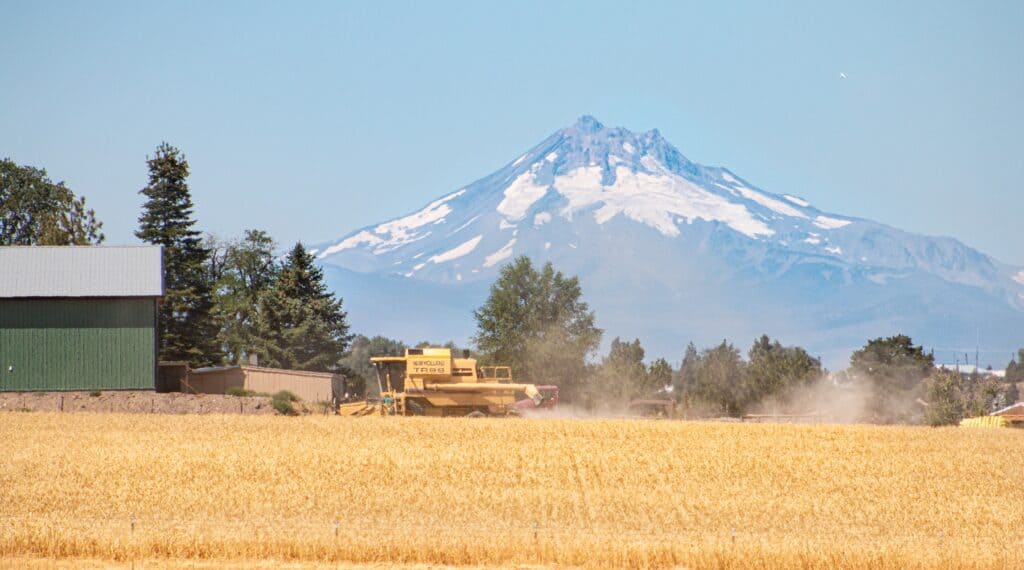In our 2017 Agribusiness Wage + Land Rent Survey, farmers expressed their top concern about the future of their businesses: the uncertainty surrounding their labor supply. This year’s survey data showed that 41 percent of respondents had 25 or more employees during peak employment, down from 57 percent in the prior year. Forty-nine percent of respondents employed seasonal workers for 12 or more weeks, down from 52 percent the prior year. It was a tough year for business and a tough year for finding workers.
This trend is nothing new. U.S. farm workers have declined steadily from 32 million to just over a million during the past century. This sharp decline in farm workers coincided with a host of technical advancements that enabled the industry to feed an ever-expanding American population with plenty to spare for export. It also coincided with substantial consolidation in farm ownership and a major shift in farm worker demographics.
The National Center for Farmworker Health reported in 2012 that 72 percent of all farmworkers were born outside the U.S., and two-thirds of those workers hailed from Mexico. The USDA’s Economic Research Service estimates the share of undocumented crop farm workers at 50 percent.
Until recently, U.S. Immigration and Customs Enforcement (ICE) actions were rare. However, enforcement action has increased under President Trump. By an executive order dated January 25, 2017, President Trump declared the ICE may not exempt classes or categories of undocumented immigrants from potential enforcement.
The federal government attempted to remedy this situation with a “guest worker program” granting temporary residency for foreign-born agriculture workers. However, the application process has proven so cumbersome that less than 10 percent of workers enter the country under the program.
To combat chronic labor shortages, the industry continues to explore opportunities for automation. Some of the more promising developments include the use of drones and unmanned aerial vehicles. These devices have become increasingly affordable, easy to operate and versatile. For example:
- They can collect key information on field geography and soil composition using their 3-D mapping technology to help farmers get the most out of their field configuration and seed-planting patterns.
- They can survey fields and collect nitrogen-level and irrigation data. Using this information, they can insert nutrient-filled pods at the proper depth and/or sound the alarm if they identify critically dry areas.
- They can apply the right amount of pesticides and herbicides with precision using lasers and ultrasonic echoing technology. Drones reduce the risk of over spraying and complete the job much faster than traditional methods.
Even with these advancements, the industry will still rely on a steady supply of qualified labor. Farm owners need to make sure that their salaries, hourly wages and benefits packages are sufficiently attractive to fill the available positions while sustaining a reasonable return on investment for the business as a whole. To that end, our annual survey of the Oregon agribusiness community gathered compensation, benefit and land rent information to provide owners and stakeholders with the benchmarks they need to make key business decisions. The report includes:
- Wage data (minimum, average and maximum) for 22 positions separated between new hires and experienced workers
- Employer contributions to health insurance
- Availability of employer-sponsored retirement plans
- Irrigated and non-irrigated land rents
Agriculture remains one of Oregon’s leading industries. According to the Farmworker Housing Development Corporation (FHDC), the Mid-Willamette Valley region has one of the largest agricultural workforces in the country, led by over 35,000 hard-working individuals. As such, we’ll continue to monitor developments in this critical area while offering our best professional advice on issues as they emerge.



